What is a monarchy? Most often, this word causes people to associate with something magnificent, majestic and absolute. In this article, we will consider not only the general concept, but also the types of monarchy, its purpose and goals both in the centuries-old history of mankind and at the present moment. Briefly outline the topic of the article, then it can be formulated as follows: "Monarchy: concept, signs, types."
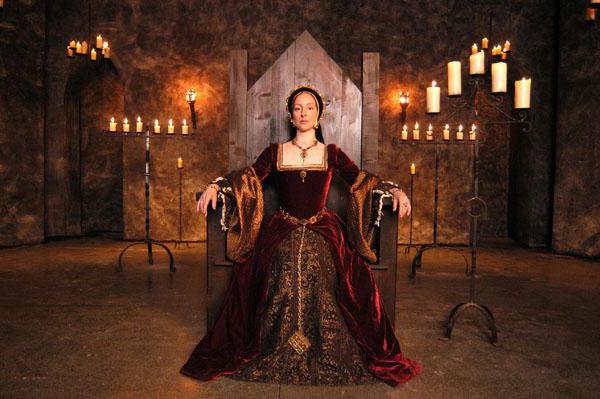
What type of government is called a monarchy?
The monarchy is one of the types of government, which involves the sole leadership of the country. In other words, this is such a political system when all power is in the hands of one person. Such a ruler is called a monarch, but in different countries you can hear other titles, namely: emperor, shah, king or queen - they are all monarchs, regardless of how they are called at home. Another important sign of monarchical power is that it is inherited without any voting or election. Naturally, if direct heirs do not exist, then laws that control the succession to the monarchist countries come into force. Thus, the power most often passes to the next of kin, but world history knows many other options.
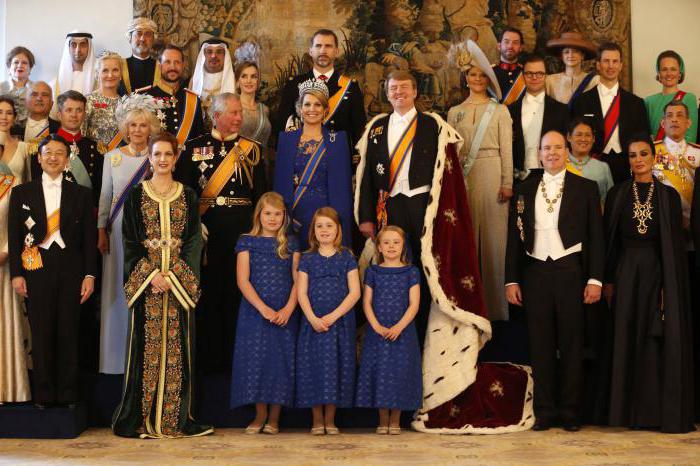
At all, form of government in the state determines the structure of supreme power in the country, as well as the distribution of the functions, responsibilities and duties of the highest legislative bodies. As for the monarchy, then, as already mentioned, all power belongs to a single ruler. The monarch receives it for life, and besides, he does not bear any legal responsibility for his decisions, although it is he who determines what the state should do in a given situation.
How to distinguish a monarchical form of government?
Regardless of the fact that different types of monarchy have their own differences, there are also basic features that are common to all. Such characteristics help to quickly and accurately determine that we are really dealing with monarchical power. So, the main characteristics include the following:
- There is a sole ruler who is the head of state.
- The monarch exercises his power from the moment he takes office to death.
- The transfer of power takes place by kinship, which is called inheritance.
- The monarch has every right to govern the state at his discretion; his decisions are not discussed and are not in doubt.
- The monarch is not legally liable for his actions or decisions.
About types of monarchy
Like other types of government, a monarchy is a fairly broad concept; therefore, its subspecies with individual attributes are also determined. Almost all types and forms of monarchy can be grouped into the following list:
- Despotism.
- Absolute monarchy.
- Constitutional monarchy (dualistic and parliamentary).
- The estate-representative monarchy.
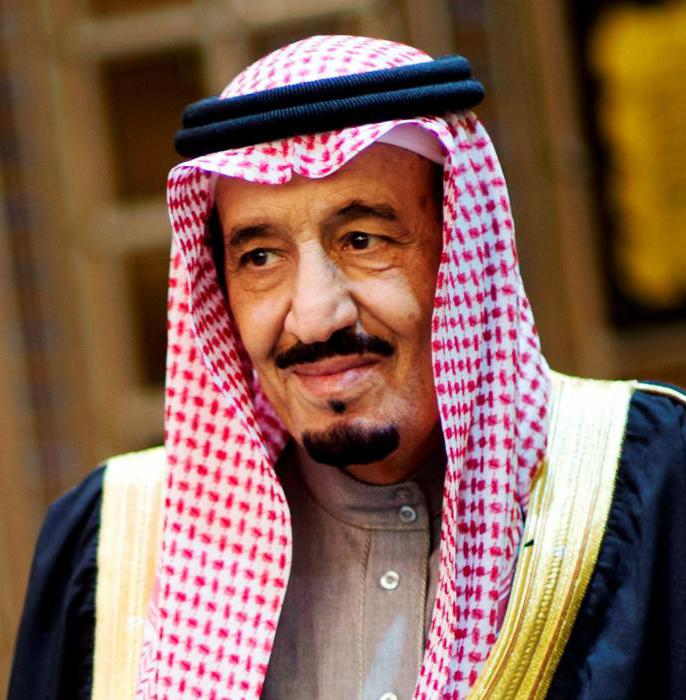
For all these forms of government, the main signs of the monarchy are preserved, but they have their own unique nuances, which create differences between them. Further, it is worth discussing in more detail what types of monarchy are and their signs.
About despotism
Despotism is a variant of the monarchy, where the power of the ruler is generally not limited to anything. In this case, the monarch is called a despot. As a rule, his power comes from the military-bureaucratic apparatus. In other words, it controls the subordinates thanks to the force, which is mainly expressed in the support of troops or other power structures.
Since absolutely all power is in the hands of the despot, the law that he establishes does not limit his rights or opportunities. Thus, the monarch and his associates can do whatever they see fit with impunity, and this will not have any negative consequences for them in the legal context.
An interesting fact: the great ancient Greek philosopher Aristotle mentioned despotism in one of his works. He noted that this form of government is very similar to the situation with the master and his power over slaves, where the master is an analogue of a despotic monarch, and slaves are subjects of the ruler.
About the absolute monarchy
Types of monarchy include the concept of absolutism. Here, the main sign is that all power belongs to one person only. Such a device of power in the case of an absolute monarchy is dictated by law. It is also worth noting that absolutism and dictatorship are very similar forms of power.
The monarchy is absolute indicates that in the state all spheres of life are individually controlled by the ruler. That is, he controls the legislative, executive, judicial and military industries. Often even religious or spiritual authority is wholly in his hands.
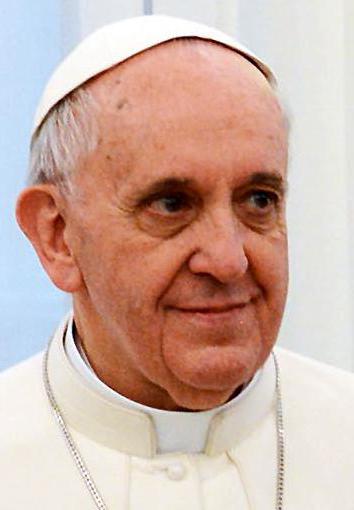
Considering this issue in more detail, we can say that the opinion about such a form of government as an absolute monarchy is rather ambiguous. The concept and types of government are quite broad, but with regards to despotism and absolutism, it is worth noting that the second option is still the best option. If in a totalitarian country, literally everything is controlled under the leadership of a despot, freedom of thought is destroyed and many civil rights are abrogated, then an absolute monarchy can be very favorable for the people. An example is able to make a prosperous Luxembourg, the standard of living of the people in which is the highest in Europe. In addition, at the moment we can observe the types of absolute monarchy in countries such as Saudi Arabia, the United Arab Emirates, Oman and Qatar.
About the constitutional monarchy
The difference between this type of government is the limited power of the monarch established by the constitution, traditions, or sometimes even unwritten law. Here the monarch does not have priority in the field of state power. It is also important that the restrictions are not only written down in the law, but actually enforced.
Types of constitutional monarchies:
- The dualistic monarchy. Here, the power of the monarch is limited as follows: all decisions taken by the monarch must be confirmed by a specially appointed minister. Without its resolution, not a single decision of the ruler will come into effect. Another difference dualistic monarchy - All executive power remains with the monarch.
- Parliamentary monarchy. It also limits the power of the monarch, to such an extent that, in fact, he performs only a ceremonial or representative role. The ruler in the parliamentary monarchy practically does not have real power. Here, all executive power belongs to the government, which, in turn, is responsible to the parliament.
About the estate-representative monarchy
In this form of the monarchy, estate representatives participate, who are directly involved in the drafting of laws and government in general. The monarch’s power is also limited here, and this is mainly due to the development of monetary relations. This put an end to the stability of subsistence farming, which was then closed. Thus, the concept of centralization of power in the political context arose.
This kind of monarchy was characteristic of the countries of Europe during the period from the 12th to the 14th centuries. Examples include the Parliament in England, the Cortes and Spain, the General States in France. In Russia, it was the Zemsky Sobor in the period from the 16th to the 17th century.
Examples of monarchical rule in the modern world
In addition to these countries, an absolute monarchy is established in Brunei and the Vatican. It is worth noting that the United Arab Emirates is essentially a federal state, but each of the seven emirates in this association is part of an absolute monarchy.
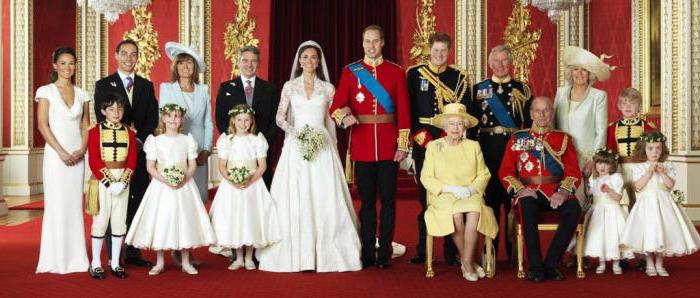
The clearest example of parliamentary monarchy is the United Kingdom of Great Britain and Northern Ireland. Also here sometimes include the Netherlands.
Many countries belong to the constitutional monarchy, among which we highlight the following: Spain, Belgium, Monaco, Japan, Andorra, Cambodia, Thailand, Morocco and many others.
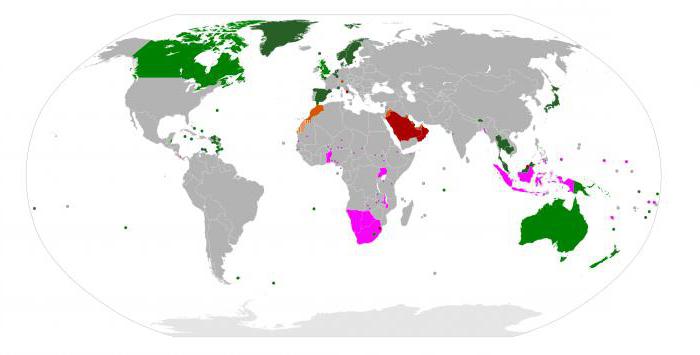
As for the dualistic monarchy, here are three main examples worth mentioning: Jordan, Morocco and Kuwait. It is worth noting that the latter is sometimes referred to as an absolute monarchy.
The weaknesses of the monarchy
The monarchy, the concept and types of which were considered above, is a political system, which, of course, has certain shortcomings.
The main problem is that the ruler and the people are too far apart from each other due to a peculiar layer, it is here that the monarchy has a weak spot as a form of government. Types of monarchies, without exception, are distinguished by this drawback. The ruler is almost completely isolated from his people, which negatively affects relations, and the monarch’s understanding of the real situation, and accordingly, the adoption of important decisions. This is a small fraction of the unpleasant moments that are provoked by this state of affairs.
The fact that when a country is governed in accordance with the preferences and moral principles of only one person is obvious, it brings a certain subjectivity. The monarch is just a man and, like ordinary citizens, he is prone to attacks of pride and self-confidence that stem from rapture by unlimited power. If we add to this the impunity of the ruler, a rather characteristic picture is observed.
Another not entirely successful moment of the monarchical system is the transfer of the title by inheritance. Even if we consider the types of limited monarchy, this aspect is still present. The trouble is that the heirs following the law do not always turn out to be worthy people. This applies both to the general and organizational characteristics of the future monarch (for example, not everyone is decisive or wise enough to rule the country), and his health (most often mental). So, power can pass into the hands of a mentally unstable and stupid older brother, although the reigning family has a wiser, and fully adequate younger heir.
Types of Monarchy: Pros and Cons
History shows that most often in a monarchical form of government, people did not like the aristocracy. The problem was that people belonging to the upper strata of society were financially and intellectually different from the majority, respectively, this sowed natural hostility and generated mutual hostility. But it is worth noting that if a policy was introduced at the court of the monarch that weakened the position of the aristocracy, then its place was firmly occupied by the bureaucracy. Naturally, this state of affairs was even worse.
As for the monarch’s lifetime power, this is an ambiguous aspect. On the one hand, having the ability to make decisions for a long time, the monarch could work for the future. That is, hoping that he will rule for several decades, the ruler gradually and consistently introduced his policy. This is not bad for a country if the vector of state development is chosen correctly and for the good of the people. On the other hand, holding the post of monarch for more than a decade, bearing the burden of state concerns on his shoulders is rather tiring, which may subsequently affect the efficiency of work.
Summing up, we can say that the monarchy is good in the following:
- A well-established succession to the throne helps to keep the country in relatively stable condition.
- A monarch who rules for life can do more than a time-limited ruler.
- All aspects of the country's life are controlled by one person, so he can very clearly see the whole picture.
Of the shortcomings, it is worth emphasizing the following:
- The hereditary power could doom the country to life under the control of a person who is simply not capable of being a ruler for one reason or another.
- The distance between the common people and the monarchs is incommensurable. The existence of the aristocracy very sharply divides the people into social strata.
Disadvantages for the good
Quite often, the virtues of the monarchy turned out to be a problem in a given situation. But sometimes it happened the other way around: it would seem that an unacceptable lack of monarchy suddenly helped and acted for the good of the people.
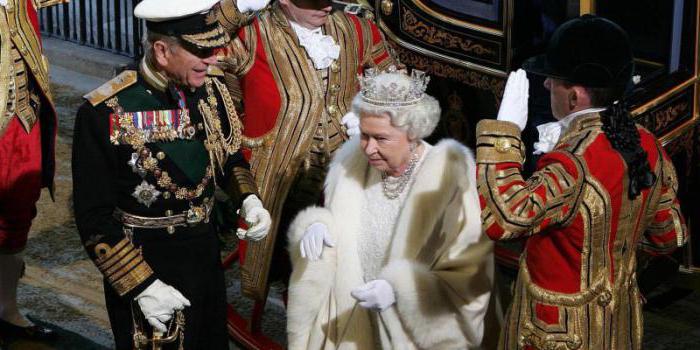
In this section, we will touch upon the injustice of the monarchy. Undoubtedly, many politicians who want to come to power are not satisfied with the fact that the title of the ruler of the country is inherited. The people, in turn, are often dissatisfied with the clear and inexorable stratification of society by class. But on the other hand, the hereditary power of the monarch stabilizes many political, social and economic processes in the state. The inevitable inheritance of power levers prevents unconstructive competition between a huge number of candidates applying for the post of ruler. Competition between applicants for the right to govern a country can lead to instability in the state and even military resolution of conflicts. And since everything is predetermined, peace and prosperity are achieved in the region.
Republic
There is another important point worth discussing - these are the types of monarchies and republics. Since much has been said about the monarchy, we turn to the alternative type of management country. The republic is called such a form of government, where all public authorities are formed by elections and exist in such a composition for a limited period. It is important to understand this in order to see the fundamental difference between these types of leadership: monarchical power, where the people are not given a choice, and a republic whose leaders are elected by the people themselves for a certain term. The elected candidates comprise the parliament, which actually runs the country. In other words, the candidates elected by the citizens, and not the heirs of the monarchist dynasty, become the head of the republican state.
The Republic is the most popular form of government in world practice, which has repeatedly proved its effectiveness. An interesting fact: most states of the modern world are officially republics. Speaking of figures, as of 2006, there were 190 states, of which 140 were republics.
Types of republics and their main characteristics
Not only the monarchy, the concepts and types of which we considered, is divided into structural parts. For example, the main classification of such a form of government as a republic consists of four types:
- Parliamentary republic. Based on the name, it can be understood that here most of the power is in the hands of parliament. It is this legislative body that is the government of the country with this form of government.
- Presidential republic. Here the main levers of power are concentrated in the hands of the president. Also, his task is to coordinate actions and relations between all the leading branches of government.
- The mixed republic. It is also called semi-presidential. The main characteristic of this form of power is the dual responsibility of the government, which is subordinate to both parliament and the president.
- Theocratic Republic. In such a formation, power for the most part or even completely belongs to the church hierarchy.
Conclusion
Knowledge of what types of monarchy can be found in the modern world helps to more deeply understand the features of state governance.As we study history, we can observe the triumph or collapse of countries ruled by monarchs. This type of state power was one of the steps towards those forms of government that prevail in our time. Therefore, to know what a monarchy is, the concept and types of which we have discussed in detail, it is very important for people interested in political processes taking place on the world stage.